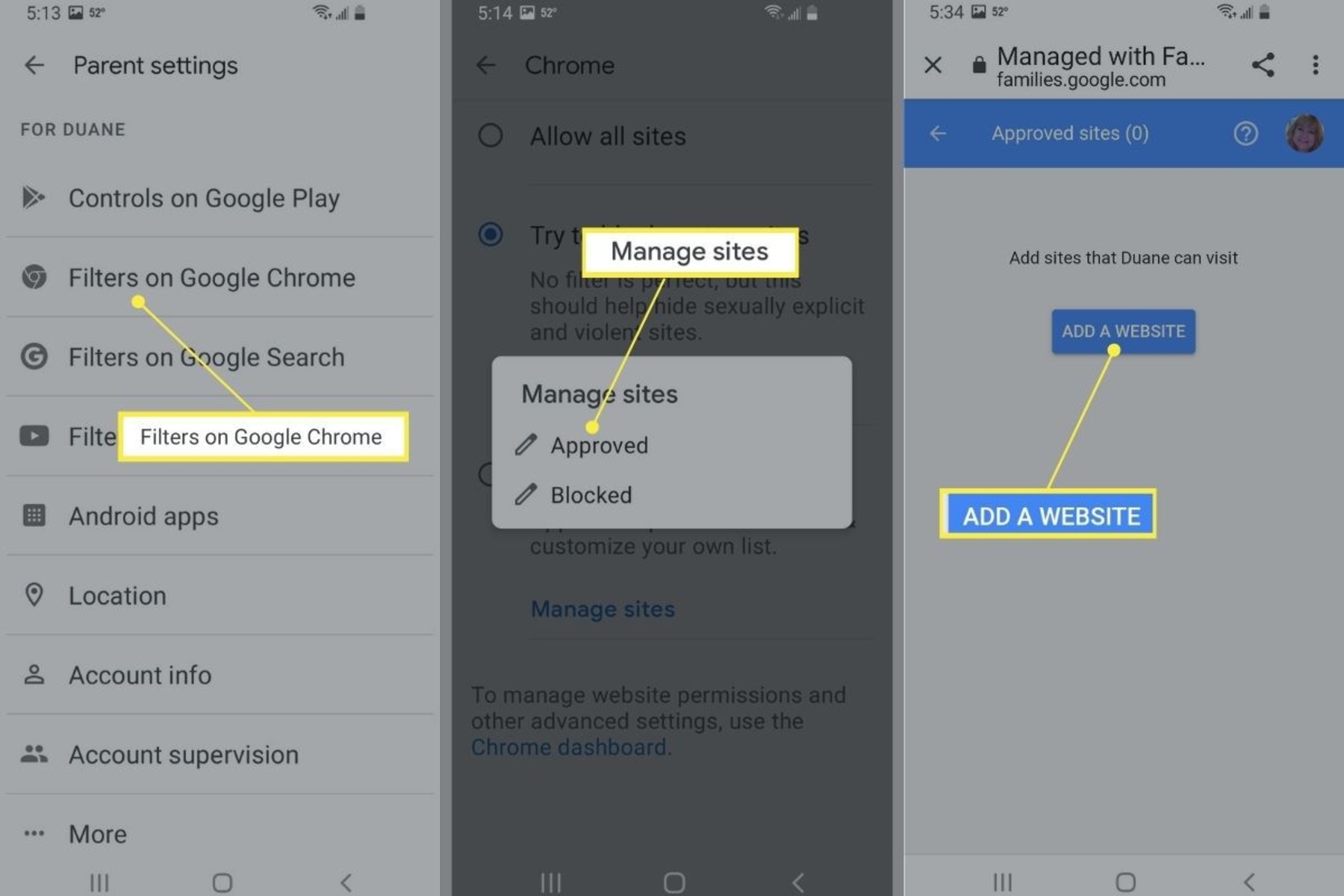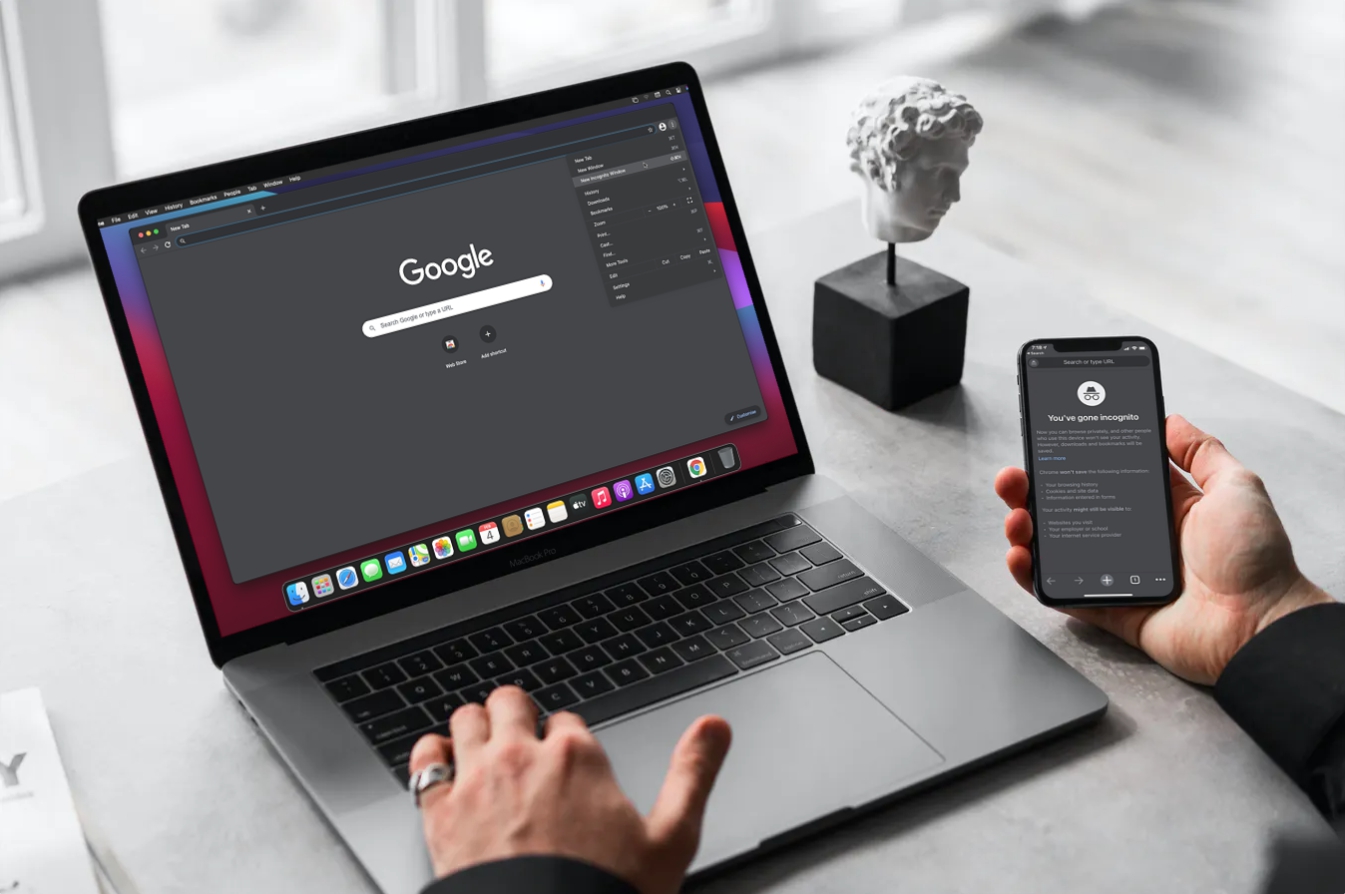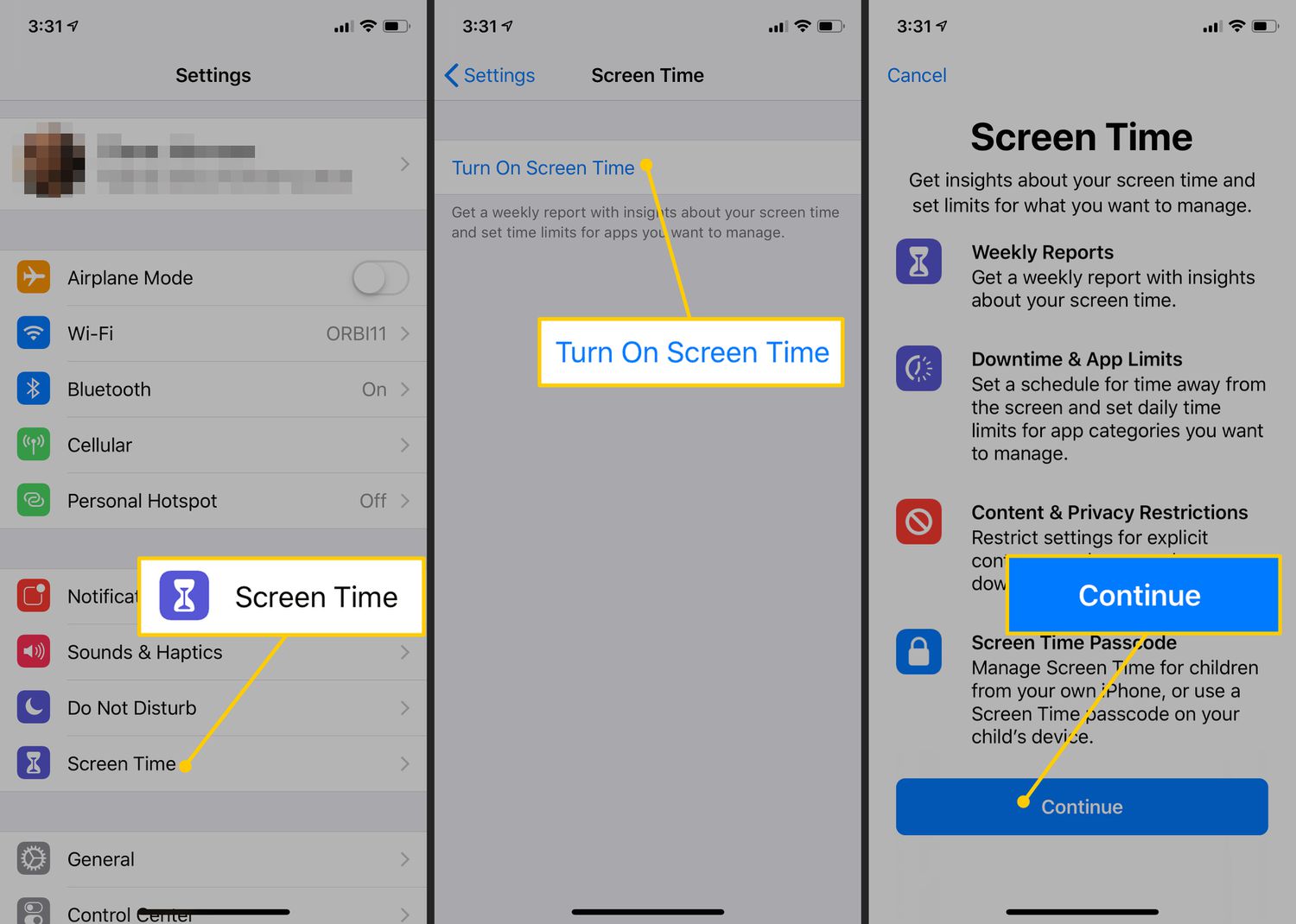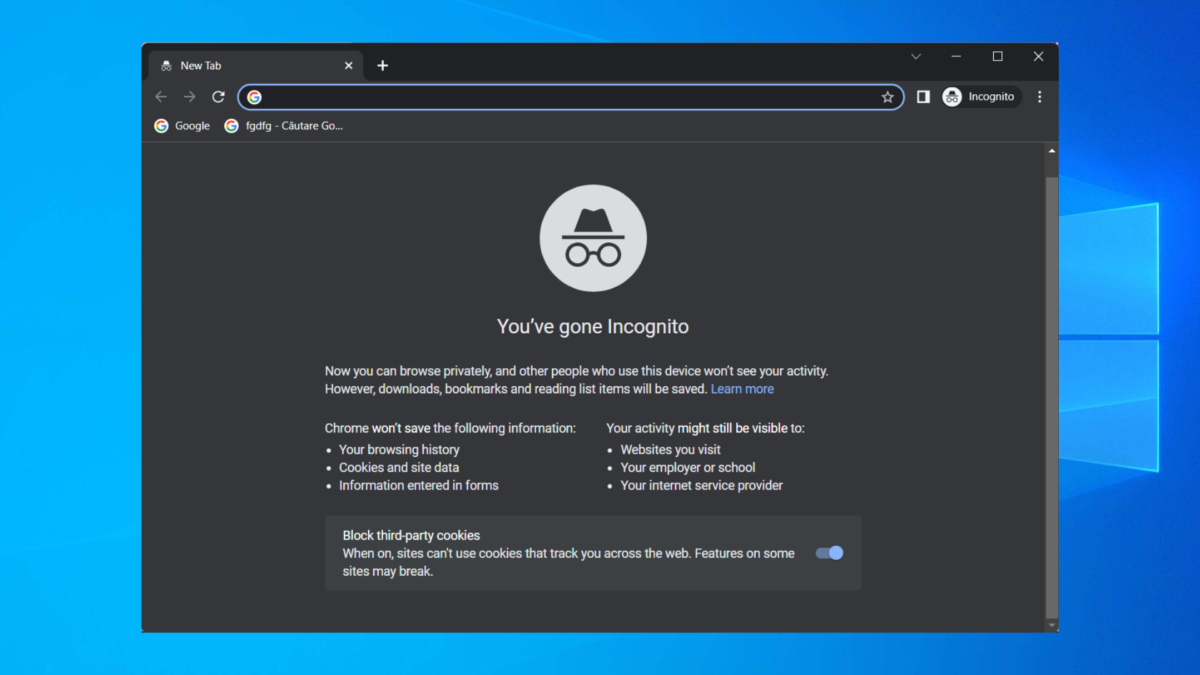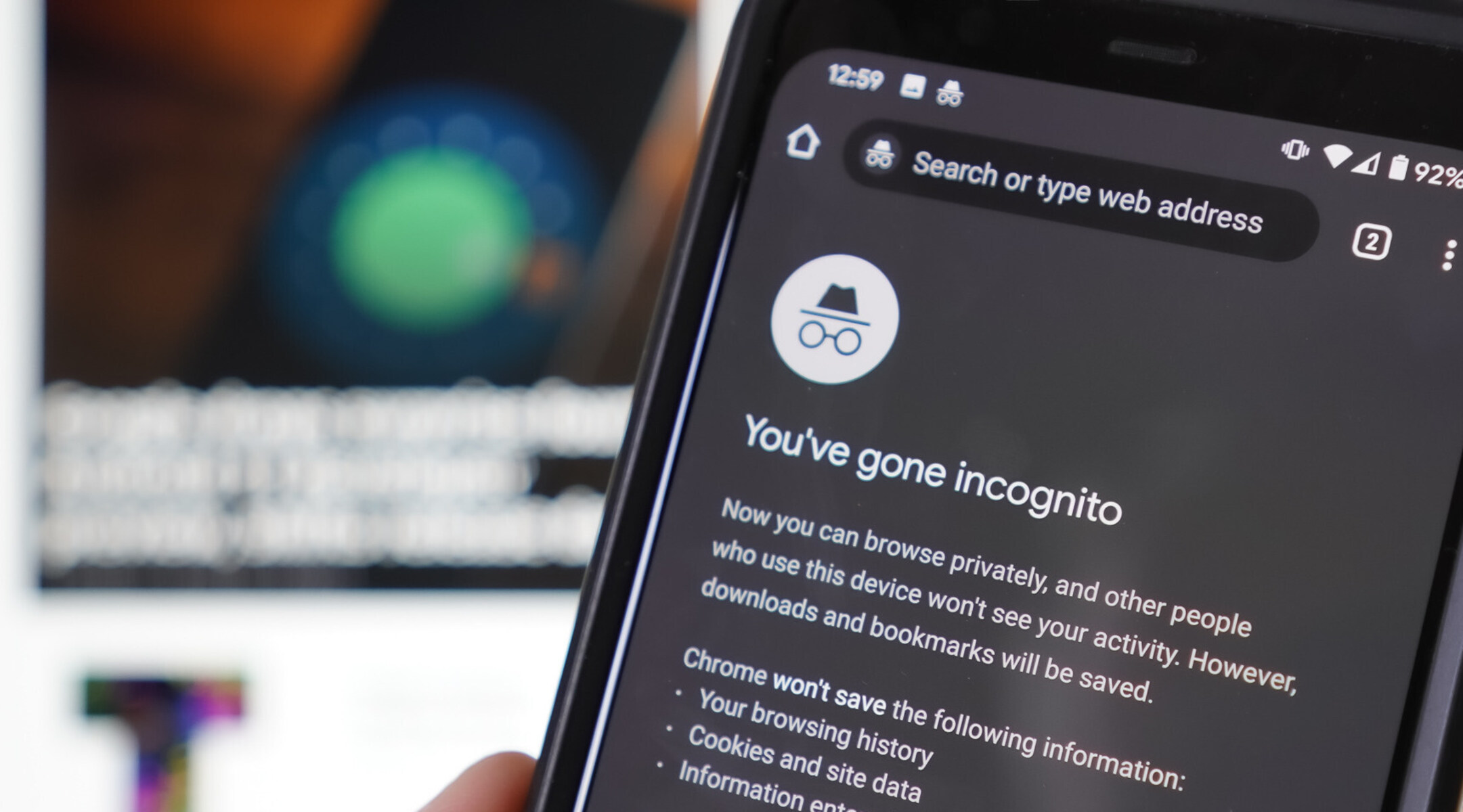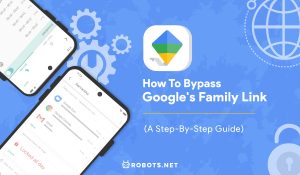Introduction
Parental control in Google Chrome is a valuable tool for ensuring a safe and secure online experience for children. With the ever-expanding digital landscape, it's crucial for parents to have the means to regulate their kids' internet usage, protect them from inappropriate content, and manage their screen time. Google Chrome offers a range of features that empower parents to exercise control over their children's browsing activities, providing peace of mind and fostering a healthy digital environment.
In this comprehensive guide, we will delve into the various aspects of setting up and utilizing parental controls in Google Chrome. From managing site restrictions to monitoring browsing activity and setting time limits, we will explore the functionalities that enable parents to safeguard their children's online interactions. By understanding and implementing these features, parents can actively participate in their children's digital journeys, promoting responsible and secure internet usage.
Let's embark on this journey to discover the tools and techniques that Google Chrome offers to support parents in creating a safe and nurturing online environment for their children.
Setting Up Parental Controls in Google Chrome
Google Chrome provides a robust set of tools that empower parents to establish effective parental controls, ensuring a safe and secure online environment for their children. To initiate the process, parents can create supervised profiles for their kids within the Chrome browser. This allows them to manage and monitor their children's browsing activities, implement site restrictions, and set time limits. The following steps outline the process of setting up parental controls in Google Chrome:
-
Creating a Supervised Profile: To begin, parents can create a supervised profile for their child by accessing the Chrome browser settings. Within the settings menu, they can navigate to "People" and select "Add Person." Here, they can choose to create a supervised profile for their child, enabling them to oversee and manage the browsing activities associated with this profile.
-
Enabling Safe Browsing: Google Chrome offers a "Safe Browsing" feature that provides protection against malicious websites and downloads. Parents can ensure that this feature is enabled within the settings of the supervised profile, thereby safeguarding their children from potentially harmful online content.
-
Utilizing Google Family Link: For a more comprehensive approach to parental controls, parents can leverage Google Family Link, a powerful tool that allows them to set digital ground rules for their children. By linking their child's Google account to their own, parents can manage app downloads, set screen time limits, and remotely lock devices when it's time to disconnect.
-
Customizing Content Restrictions: Within the supervised profile settings, parents can customize content restrictions based on their child's age and maturity level. This includes filtering out explicit content, restricting access to certain websites, and managing permissions for downloads and purchases.
-
Implementing Safe Search: Google Chrome offers a "SafeSearch" feature that filters out explicit content from search results. Parents can ensure that this feature is enabled within the supervised profile settings, providing an additional layer of protection during online searches.
By following these steps and utilizing the diverse array of parental control features offered by Google Chrome, parents can establish a secure and nurturing online environment for their children. These tools enable parents to actively participate in their children's digital experiences, promoting responsible and safe internet usage while fostering a sense of trust and open communication within the family dynamic.
Managing Site Restrictions
Managing site restrictions is a pivotal aspect of parental control in Google Chrome, allowing parents to curate a safe and age-appropriate browsing experience for their children. By implementing site restrictions, parents can regulate access to specific websites, block inappropriate content, and create a secure online environment. Google Chrome offers a range of tools and settings that enable parents to effectively manage site restrictions within supervised profiles. Here's a detailed exploration of the methods and features available for managing site restrictions:
Customizing Website Filters
Within the supervised profile settings, parents can customize website filters to control the types of content their children can access. This includes the ability to block specific websites or entire categories of content, such as adult content, violence, or gambling sites. By leveraging these filters, parents can tailor the browsing experience to align with their children's age, maturity level, and individual preferences.
Managing Exceptions
Google Chrome allows parents to manage exceptions to site restrictions, providing flexibility in controlling access to specific websites. This feature enables parents to grant access to educational platforms, trusted resources, or approved entertainment websites while maintaining strict restrictions on other types of content. By carefully curating exceptions, parents can strike a balance between ensuring a safe browsing environment and facilitating access to valuable online resources.
Safe Browsing Protection
Enabling the "Safe Browsing" feature within the supervised profile settings adds an additional layer of protection by automatically identifying and blocking potentially harmful websites. This proactive approach to site restrictions enhances the overall security of the browsing experience, shielding children from malicious content and online threats.
Monitoring and Adjusting Restrictions
Google Chrome provides parents with the ability to monitor and adjust site restrictions in real time. This includes reviewing browsing history, identifying attempted access to restricted sites, and making necessary adjustments to the filtering settings. By staying actively engaged in monitoring site restrictions, parents can adapt to their children's evolving online activities and ensure that the browsing environment remains safe and appropriate.
By leveraging these features and tools, parents can effectively manage site restrictions within Google Chrome, fostering a secure and controlled online environment for their children. These capabilities empower parents to curate a tailored browsing experience that aligns with their family's values and expectations, promoting responsible and safe internet usage while nurturing a positive digital experience for their children.
Monitoring Browsing Activity
Monitoring browsing activity is a fundamental aspect of parental control in Google Chrome, providing parents with valuable insights into their children's online interactions and enabling them to ensure a safe and responsible browsing experience. Google Chrome offers a range of features and tools that empower parents to monitor their children's browsing activity within supervised profiles, fostering transparency and accountability in the digital realm.
Browsing History Review
Google Chrome allows parents to access and review the browsing history associated with the supervised profile, providing a comprehensive overview of the websites visited and online activities engaged in by their children. By examining the browsing history, parents can gain valuable insights into their children's online behaviors, identify potential concerns, and initiate constructive conversations about responsible internet usage.
Usage Reports
Google Chrome provides usage reports that offer detailed information about the amount of time spent on different websites, providing parents with visibility into their children's online habits and preferences. These reports enable parents to identify patterns, assess the impact of site restrictions, and make informed decisions regarding their children's digital activities.
Activity Notifications
Parents can opt to receive activity notifications from Google Chrome, alerting them to specific online interactions or attempts to access restricted content within the supervised profile. These notifications serve as proactive indicators, allowing parents to promptly address any concerning activities and engage in open discussions with their children about responsible online behavior.
Real-Time Monitoring
Google Chrome enables real-time monitoring of browsing activity within the supervised profile, empowering parents to stay informed about their children's online interactions as they occur. This real-time visibility allows parents to promptly intervene if necessary, address potential issues, and guide their children toward safe and appropriate online experiences.
By leveraging these monitoring features and tools, parents can actively engage in overseeing their children's browsing activity within Google Chrome, promoting transparency, accountability, and responsible internet usage. These capabilities empower parents to foster open communication, establish trust, and guide their children toward making informed and responsible choices in their digital interactions.
Setting Time Limits
Setting time limits is a crucial aspect of parental control in Google Chrome, allowing parents to manage their children's screen time and promote a healthy balance between online and offline activities. Google Chrome offers a range of features and tools that empower parents to establish and enforce time restrictions within supervised profiles, fostering responsible digital habits and supporting overall well-being.
Customizing Screen Time Restrictions
Within the supervised profile settings, parents can customize screen time restrictions to align with their family's preferences and routines. This includes the ability to set daily or weekly time limits for internet usage, ensuring that children have dedicated periods for online activities while also allowing for ample time for other pursuits, such as homework, physical activity, and family interactions.
Scheduled Downtime
Google Chrome enables parents to schedule downtime periods during which internet access is restricted within the supervised profile. By defining specific time slots, such as during meals, bedtime, or study hours, parents can promote focused and uninterrupted offline activities, fostering a healthy balance between screen time and other essential aspects of their children's lives.
Notifications and Reminders
Parents can opt to receive notifications and reminders when their children approach or exceed the established time limits within the supervised profile. These notifications serve as proactive prompts, allowing parents to engage in constructive conversations about managing screen time, encouraging responsible usage, and reinforcing the importance of balanced digital habits.
Flexible Adjustments
Google Chrome provides flexibility in adjusting time limits based on evolving family dynamics and individual circumstances. Parents can modify the established time restrictions, accommodate special occasions or events, and adapt to their children's changing schedules, ensuring that the screen time regulations remain supportive and responsive to their family's needs.
By leveraging these time management features and tools, parents can actively participate in guiding their children toward responsible and balanced screen time usage within Google Chrome. These capabilities empower parents to promote healthy digital habits, support overall well-being, and foster a positive and sustainable approach to internet usage within their family dynamic.
Conclusion
In conclusion, parental control in Google Chrome serves as a powerful ally for parents seeking to create a safe and nurturing online environment for their children. By leveraging the diverse array of features and tools offered by Google Chrome, parents can actively participate in guiding their children toward responsible and secure internet usage. From setting up supervised profiles to managing site restrictions, monitoring browsing activity, and setting time limits, Google Chrome equips parents with the means to foster a positive and balanced digital experience for their children.
The process of setting up parental controls in Google Chrome begins with the creation of supervised profiles, allowing parents to oversee and manage their children's browsing activities. By customizing content restrictions, enabling safe browsing features, and utilizing tools such as Google Family Link, parents can establish comprehensive digital ground rules that align with their family's values and expectations.
Managing site restrictions within Google Chrome empowers parents to curate a safe and age-appropriate browsing experience for their children. By customizing website filters, managing exceptions, and leveraging safe browsing protection, parents can ensure that their children access content that is suitable and secure, while also fostering a sense of trust and open communication within the family dynamic.
Furthermore, monitoring browsing activity provides parents with valuable insights into their children's online interactions, enabling them to initiate constructive conversations about responsible internet usage. By reviewing browsing history, accessing usage reports, and leveraging real-time monitoring features, parents can foster transparency, accountability, and open communication, guiding their children toward making informed and responsible choices in their digital interactions.
Setting time limits within Google Chrome allows parents to manage their children's screen time and promote a healthy balance between online and offline activities. By customizing screen time restrictions, scheduling downtime, and receiving notifications and reminders, parents can support overall well-being and guide their children toward responsible and balanced screen time usage.
In essence, parental control in Google Chrome empowers parents to actively engage in their children's digital experiences, fostering a secure, responsible, and positive online environment. By leveraging these features and tools, parents can navigate the complexities of the digital landscape with confidence, promoting healthy digital habits and nurturing a safe and supportive online experience for their children.







